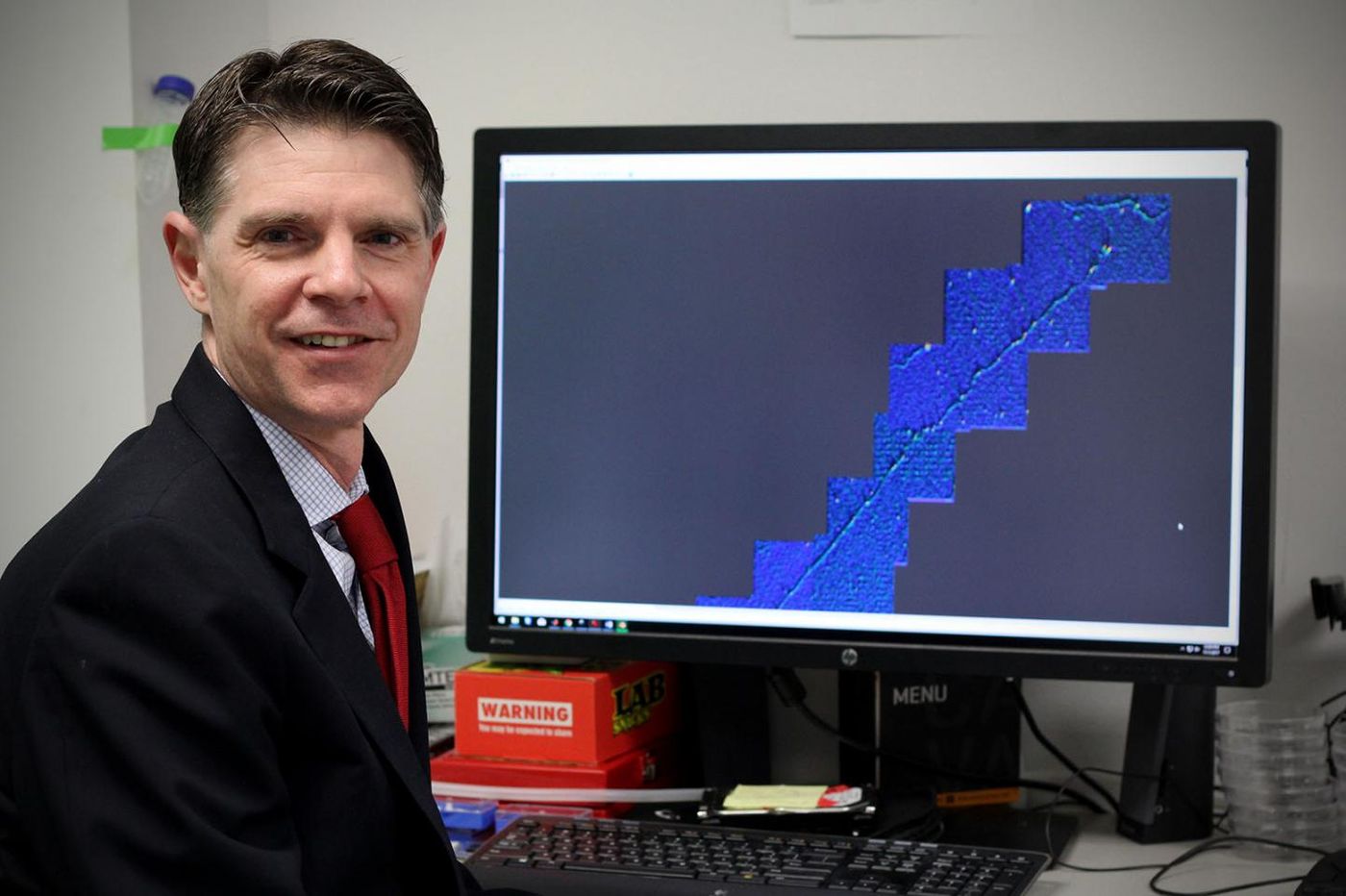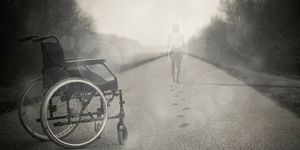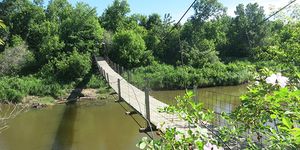Using CRISPR to Find Mutations in the Genome
Scientists that look for genetic mutations face a daunting task unless they have a good idea of where to start searching. Stretched out, the genetic material we carry in each cell stretches to around six feet and is comprised of billions of nucleotide base pairs. Researchers have now developed an entirely new way to quickly screen large sections of the genome; the technique utilizes a barcoding system based on CRISPR and takes advantage of high-speed atomic force microscopy (AFM) to create images of up to a million base pairs, while mapping the imaged DNA at a resolution of tens of base pairs. The work has been reported in Nature Communications.
"DNA sequencing is a powerful tool, but it is still quite expensive and has several technological and functional limitations that make it difficult to map large areas of the genome efficiently and accurately," said the principal investigator of the study, Jason Reed, Ph.D. He is a member of the Cancer Molecular Genetics research program at the Massey Cancer Center of Virginia Commonwealth University (VCU) and an Associate Professor in the Department of Physics at the VCU College of Humanities and Sciences. "Our approach bridges the gap between DNA sequencing and other physical mapping techniques that lack resolution. It can be used as a stand-alone method or it can complement DNA sequencing by reducing complexity and error when piecing together the small bits of genome analyzed during the sequencing process."
AFM uses a microscopic stylus to manipulate material, and the interaction between the surface of the material under study and the stylus create an image. It is traditionally a slow process, however. In this work, the scientists sped it up.
"Our device works in the same fashion as AFM but we move the sample past the stylus at a much greater velocity and use optical instruments to detect the interaction between the stylus and the molecules. We can achieve the same level of detail as traditional AFM but can process material more than a thousand times faster," said Reed. The team demonstrated that their technique only requires the kind of optical equipment that is found in DVD players and can be used by anyone. "High-speed AFM is ideally suited for some medical applications as it can process materials quickly and provide hundreds of times more resolution than comparable imaging methods."
Other than increasing the AFM speed, the team also had to find a way to find genetic mutations. Their solution was to place labels on DNA molecules, so patterns and irregularities could be identified. They used the CRISPR enzyme to do so; instead of cutting the DNA at a certain target, it only sticks to it.
"Because the CRISPR enzyme is a protein that's physically bigger than the DNA molecule, it's perfect for this barcoding application," explained Reed. "We were amazed to discover this method is nearly 90 percent efficient at bonding to the DNA molecules. And because it's easy to see the CRISPR proteins, you can spot genetic mutations among the patterns in DNA."
The team was able to use their tool to map genetic translocations that occurred in the lymph nodes of lymphoma patients. These translocations, in which sections of DNA are copied and placed in new parts of the genome, happen in many cancers.
The researchers want to explore the applications of their new technology, especially when it comes to improving patient diagnosis, therapeutics, and outcomes.
High-speed AFM was recently used to capture CRISPR editing DNA in real time, as seen in the video above.
Sources: AAAS/Eurekalert! Via VCU, Nature Communications









